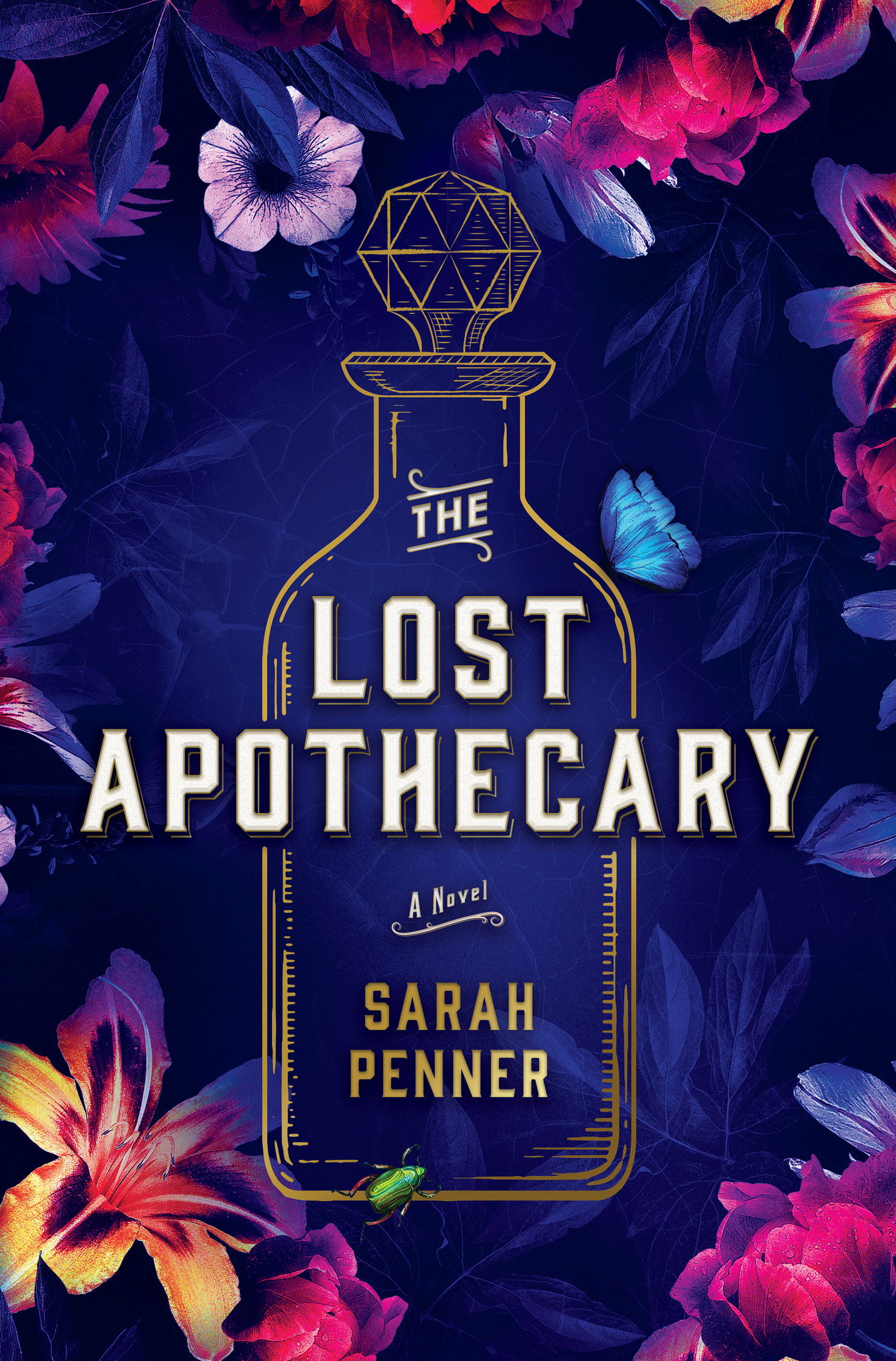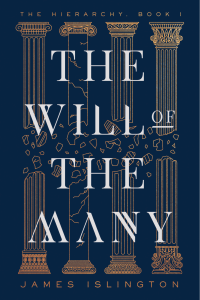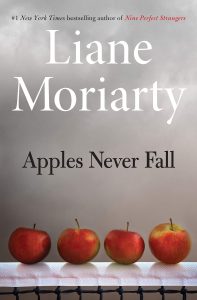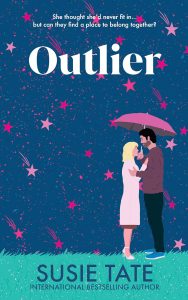
Verdict in a vial
Sarah Penner’s debut arrives with an irresistible hook: a clandestine shop in 1791 London that supplies poisons to women who have been wronged, bound by two rules and a ledger of names that could topple reputations. On paper, it is catnip for readers of historical fiction with a Gothic pulse. In practice, the novel is a moody, atmospheric tale with strong themes of female agency and consequence, yet its split structure and uneven pacing dilute the potency of its premise.
What works beautifully
The eighteenth-century storyline is the novel’s lifeblood. Nella, once a healer and now a reluctant purveyor of lethal tinctures, is rendered with tactile detail. You can almost smell the camphor, see the dust on the stoppered bottles, and feel the moral weight in her hands as she inks each name into the register. Eliza Fanning, the precocious twelve-year-old who wanders into Nella’s hidden alley, gives the past timeline warmth and danger in equal measure. Penner’s research shows in the little things: the streets and workrooms feel lived in, and the idea of a secret apothecary operating by code and conscience is both chilling and compelling. The author’s note about mudlarking on the Thames tracks directly to the book’s strongest images of discovery and buried histories, and those moments sing.
Where the brew turns thin
The present-day thread, following Caroline in London after marital betrayal, aims to braid an excavation of the past with a woman reclaiming her future. There are flashes when this works, especially in the mudlark-meets-archive beats and the meditation on how objects carry stories. Too often, though, Caroline’s plot feels contrived. Coincidences stack up, conflicts hinge on avoidable misunderstandings, and some choices beggar belief. The result is a tonal wobble that slows momentum right when the 1791 chapters are heating up.
Tone, pacing, and expectations
Marketing and cover copy hint at mystery, intrigue, and a touch of the uncanny. Readers expecting a propulsive thriller or robust magical realism may be disappointed. This is, at heart, historical fiction that occasionally flirts with the sensational but prefers contemplation to chase scenes. The consequences of vengeance are thoughtfully sketched, yet set pieces that should be breathless sometimes arrive muted, while quieter domestic beats stretch longer than needed.
Themes worth savoring
Despite flaws, The Lost Apothecary invests in ideas that linger. It considers how women carve power from the margins, how secrets poison as surely as laudanum, and how the stories we write into ledgers and marriages shape what survives us. Nella’s rules, meant to protect women, create a gray zone of ethics that the novel does not tidy up. That ambiguity is its most honest note.
Who will enjoy this
Readers who prize atmosphere, feminist throughlines, and sensory period detail will find much to appreciate, especially in Nella and Eliza’s chapters. If you prefer tight plotting and modern-day threads that feel rigorously plausible, your mileage may vary.
Final rating: 3.5 out of 5
A beautifully bottled idea with a memorable historical core, thinned by a present-day plot that never quite earns its revelations.
Ready to read it and decide for yourself
Grab your copy of The Lost Apothecary here: https://amzn.to/4mXxHQ5


